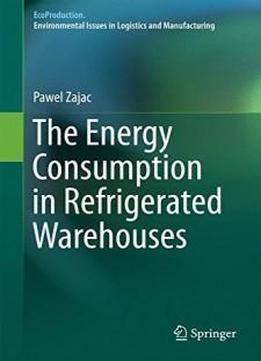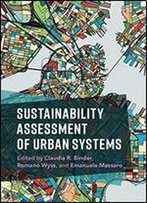
The Energy Consumption In Refrigerated Warehouses (ecoproduction)
by Pawel Zajac /
2016 / English / PDF
3.8 MB Download
This book explores the philosophical understanding of the “energy
consumption” in warehousing process that can be found in the
literature. It presents known technical solutions that, if
they are used in cold storage rooms, can effectively reduce energy
consumption: through lower power consumption and/or energy
recovery, such as the use of photovoltaic panels. The final part of
the book explores the problems discussed on the basis of a concrete
example – a project involving energy recovery in a refrigerated
warehouse.This publication also describes the design of
refrigerated warehouses, taking into account their energy
intensity. In the case of logistic warehousing systems, the pallets
in warehouses can offer a source of energy – namely of the
potential energy stored in the loads on the shelves. Given that
today’s construction warehouses have heights on the order of
several tens of meters, that energy can be considerable. In the
case of refrigerated warehouses and cold storage facilities, it is
necessary to monitor the stored goods in order to maintain a
constant freezing temperature, in keeping with the requirements of
the HACCP system. Inevitably, this calls for constant cooling of
the air inside the warehouse, and thus produces a fixed, high and
constant level of energy usage. And, just as in any other context,
it becomes important to identify methods for reducing energy
consumption.
This book explores the philosophical understanding of the “energy
consumption” in warehousing process that can be found in the
literature. It presents known technical solutions that, if
they are used in cold storage rooms, can effectively reduce energy
consumption: through lower power consumption and/or energy
recovery, such as the use of photovoltaic panels. The final part of
the book explores the problems discussed on the basis of a concrete
example – a project involving energy recovery in a refrigerated
warehouse.This publication also describes the design of
refrigerated warehouses, taking into account their energy
intensity. In the case of logistic warehousing systems, the pallets
in warehouses can offer a source of energy – namely of the
potential energy stored in the loads on the shelves. Given that
today’s construction warehouses have heights on the order of
several tens of meters, that energy can be considerable. In the
case of refrigerated warehouses and cold storage facilities, it is
necessary to monitor the stored goods in order to maintain a
constant freezing temperature, in keeping with the requirements of
the HACCP system. Inevitably, this calls for constant cooling of
the air inside the warehouse, and thus produces a fixed, high and
constant level of energy usage. And, just as in any other context,
it becomes important to identify methods for reducing energy
consumption.










